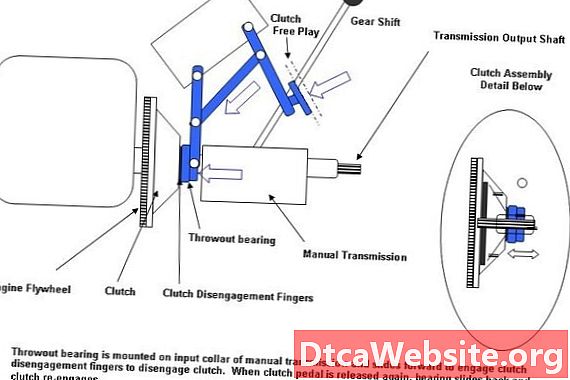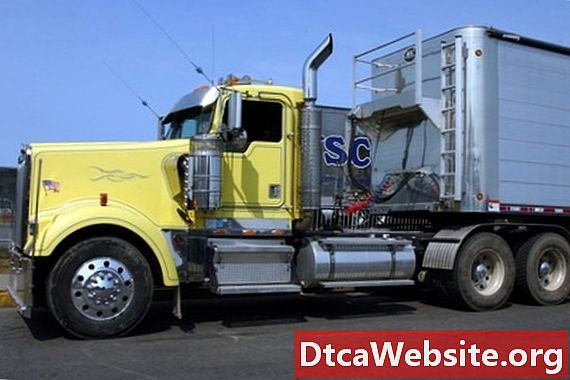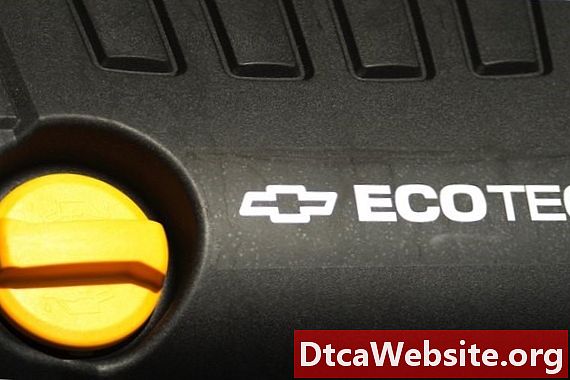
Contenu
- Manual Transmissions
- Clutch Disengagement
- Clutch re-engagement
- Increasing Component Life
- Throwout Bearing Maintenance

A throwout bearing is a part of an automotive clutch system that temporarily disengages the engine from the manual transmission while shifting. It translates a linear thrust force from the clutch pedal to the spinning clutch plate assembly mounted to the flywheel. It is a thrust bearing with the inner race attached to the clutch throw out arm and the outer race contacting the clutch de-actuation fingers. It reconciles the disengagement thrust on the spinning clutch assembly with the non-spinning clutch linkage.
Manual Transmissions
Clutches allow drivers to execute and ease shifts between gears in manual transmissions as cars accelerate or decelerate by removing all driving forces from the synchronizer teeth and the shift collars in the transmission whenever the clutch pedal is depressed. Clutches consist of a clutch disc, clad with friction braking material that is tightly squeezed between two flat machined metallic surfaces--one on the flywheel, and one on the clutch pressure plate assembly bolted to it. The pressure plate has a series of coil springs or a single large flat washer spring to provide the squeezing force needed to keep the clutch disc from slipping while it is transmitting engine power to the transmission.
Clutch Disengagement
When the clutch pedal is depressed, either mechanical or hydraulic mechanisms transmit the linear force to the clutch disengagement arm which applies the force to the inner race of the throwout bearing which in turn applies it to the outer race contacting the clutch fingers. Depressing the clutch fingers compresses the engagement springs of the clutch, allowing the clutch disc and transmission to spin independently of the engine.
Clutch re-engagement
When accelerating from a stop, the driver gradually and smoothly allows the clutch pedal to come back up, and gradually the clutch mechanism reconnects the engine to the transmission. This is done progressively through all the gears until cruise speed is achieved. It is always recommended that the driver fully remove all pressure and contact from the clutch pedal while driving to allow all slipping between the clutch plate to cease, and all pressure to be removed from the throwout bearing.
Increasing Component Life
The life of both clutches and throwout bearings may be greatly increased by not "riding" the clutch pedal. This means not using the clutch pedal as a foot rest or allowing the clutch system to lose its free play gap of about half an inch. Additionally, avoiding drag-race style starts and shifts from every traffic light greatly increases the life of all drive train components.
Throwout Bearing Maintenance
Throwout bearings are pre-lubricated and sealed for life at the factory. Replacing a worn-out throwout bearing requires removal of the transmission from the flywheel bell housing to clear the bearing of the input shaft. At that point, it is practical to replace the clutch too, since the overall labor is only minimally increased by renewing the entire system.


